Caroní Ecomuseum, Venezuela --> A museum inside a hydroelectric power station / Ecomuseo del Caroní, Venezuela --> Un museo dentro de una central hidroeléctrica
¡Hola comunidad! En este post los invito a conocer en Ciudad Guayana, al sur de Venezuela, un museo que va más allá de lo que esperamos normalmente cuando visitamos este tipo de instituciones culturales.
Why? For several reasons: it was conceived as an ecomuseum, it is inside a hydroelectric power station and that power station is the only one in the world that is in the middle of a city.
¿Por qué? Por varias razones: fue concebido como ecomuseo, está dentro de una central hidroeléctrica y esa central es la única en el mundo que está en medio de una ciudad.
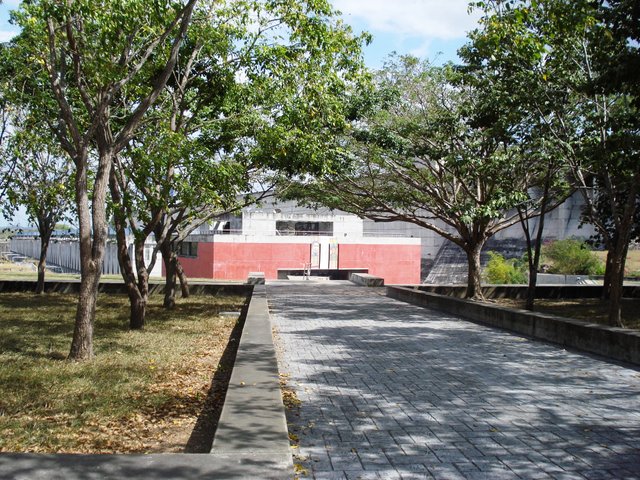
And what is an "ecomuseum"? When visiting it, I discovered that what differentiates a traditional museum from an ecomuseum is that the latter focus on studying the natural environment in which they are found, their dynamics and inhabitants.
¿Y qué es un “ecomuseo”? al visitarlo descubrí que lo que diferencia a un museo tradicional de un ecomuseo es que estos últimos se enfocan en estudiar el entorno natural en el que se encuentran, su dinámica y habitantes.
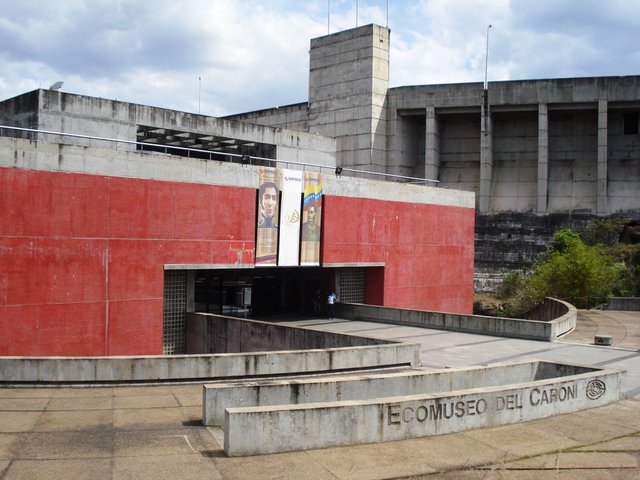
In this case, the Caroní Ecomuseum through different tools such as exhibitions, workshops, forums and other interactive activities, in a scientific-cultural way makes known to the public everything that has to do with the Caroní river basin: fauna, flora, hydroelectric development and energy potential. It also houses works of art with samples of plastic artists from the area.
En este caso, el Ecomuseo del Caroní a través de diferentes herramientas como exposiciones, talleres, foros y otras actividades interactivas, da a conocer al público de manera científico-cultural todo lo que tiene que ver con la cuenca del río Caroní: fauna, flora, desarrollo hidroeléctrico y potencial energético. También alberga obras de arte con muestras de artistas plásticos de la zona.
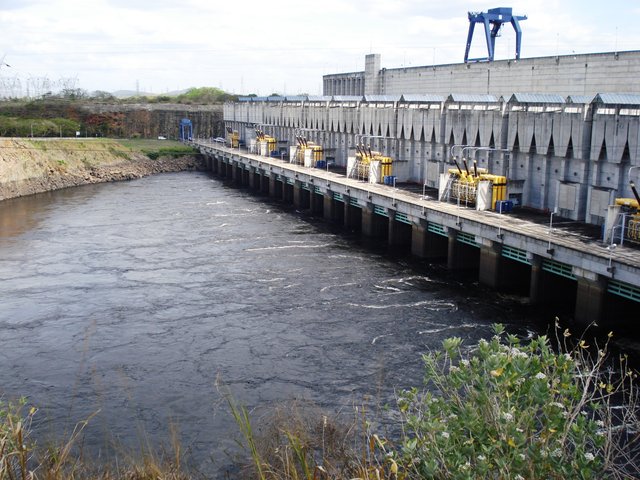
Inaugurated on November 26, 1998, the Caroní Ecomuseum is linked to the Macagua II Hydroelectric Plant, put into operation in 1997 and which together with Macagua I and III form the January 23 Hydroelectric Complex, which has a generation capacity of 3152 MW (megawatts).
Inaugurado el 26 de noviembre de 1998, el Ecomuseo del Caroní está unido a la Central Hidroeléctrica Macagua II, puesta en funcionamiento en 1997 y que junto a Macagua I y III forman el Complejo Hidroeléctrico 23 de Enero, el cual tiene una capacidad de generación de 3152 MW (megavatios).
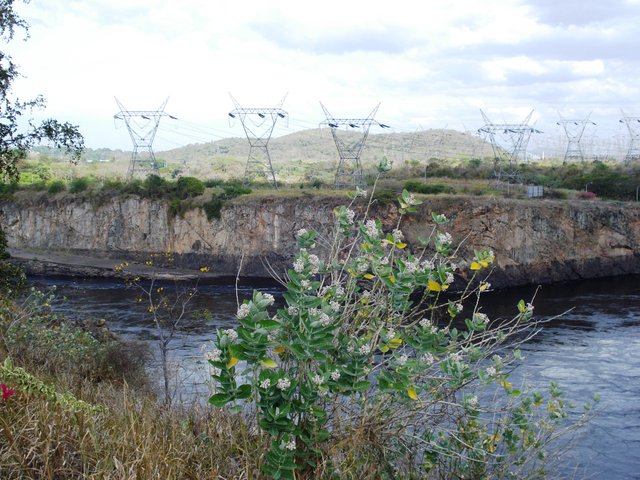
The cube-shaped building of the ecomuseum designed by the architects Esther Fontana and Lisette Ávila, has an area of 5,500 meters distributed in six floors: terrace, floor 1, ground floor, basement 1, basement 2 and basement 3; and it's made of concrete. It has large glass windows that allow you to see both external and internal areas.
El edificio en forma de cubo del ecomuseo diseñado por las arquitectas Esther Fontana y Lisette Ávila, posee una superficie de 5.500 metros distribuidos en seis pisos: terraza, planta 1, planta baja, sótano 1, sótano 2 y sótano 3; y está hecho de concreto. Tiene unos grandes ventanales con vidrio que permiten ver tanto áreas externas como internas.
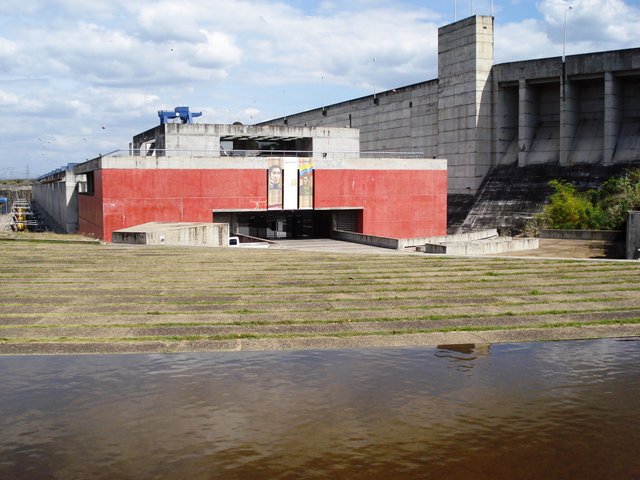
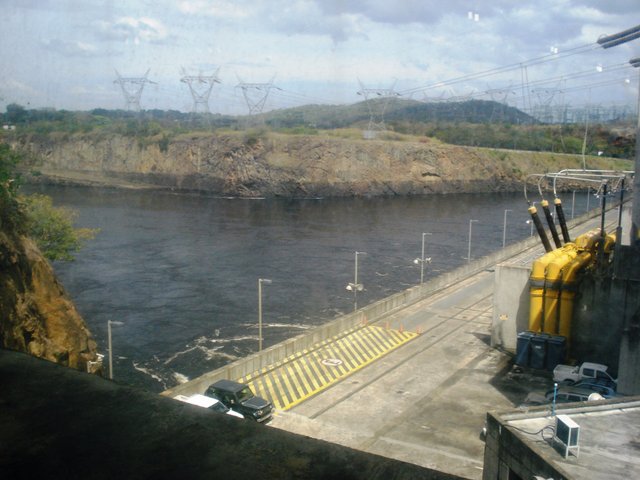
Upon entering, in one of the rooms to the sides you can see a permanent exhibition on the history of hydroelectric generation, but what is most impressive is to go down one level through the central staircase and find a tunnel that takes you to the Macagua II Machine House with its 12 turbogenerators.
Al entrar, en una de las salas que están a los lados se puede ver una exposición permanente sobre la historia de la generación hidroeléctrica, pero lo que más impresiona es bajar un nivel por la escalera central y encontrarte con un túnel que te lleva hacia la Casa de Máquinas de Macagua II con sus 12 turbogeneradores.
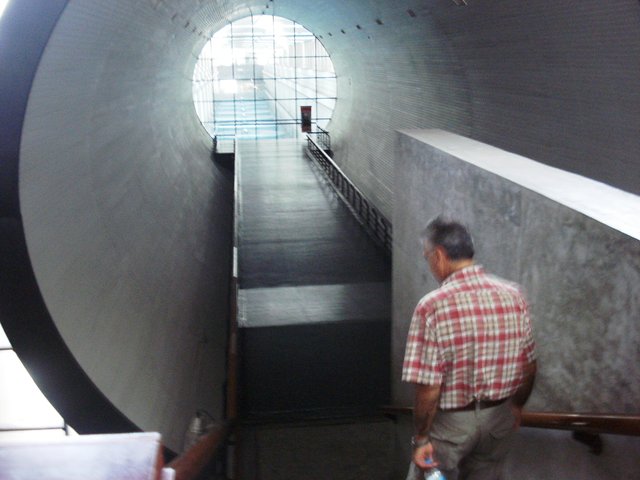
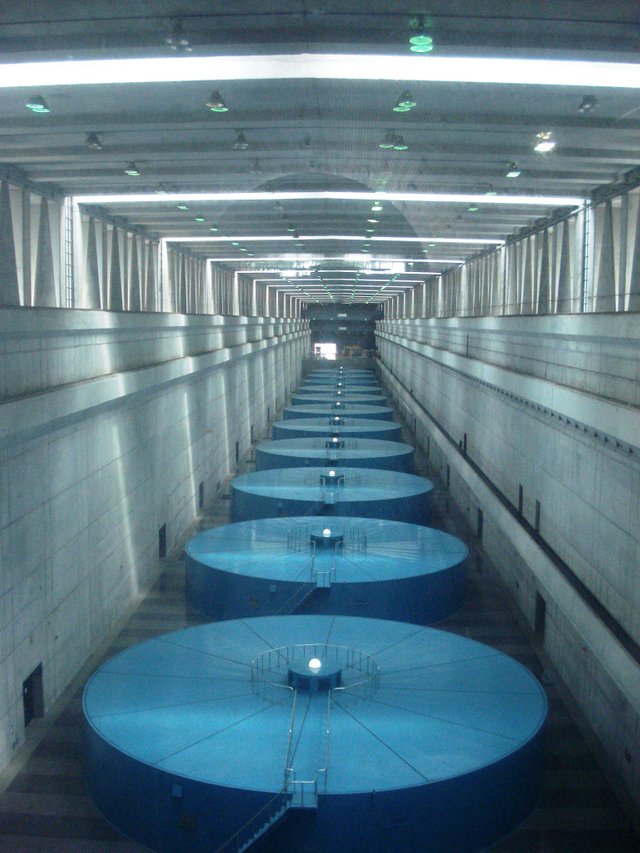
The opportunity that this Ecomuseum gives you to get up close to the operation of a hydroelectric power station and its engine room, how the environment, technology and engineering have been combined, is something that few scientific-cultural places manage to offer, which is why it deserves to be visited.
La oportunidad que te da este Ecomuseo de conocer de cerca el funcionamiento de una central hidroeléctrica y su sala de máquinas, cómo se han conjugado ambiente, tecnología e ingeniería, es algo que pocos lugares científico-culturales logran ofrecer, por eso merece ser visitado.
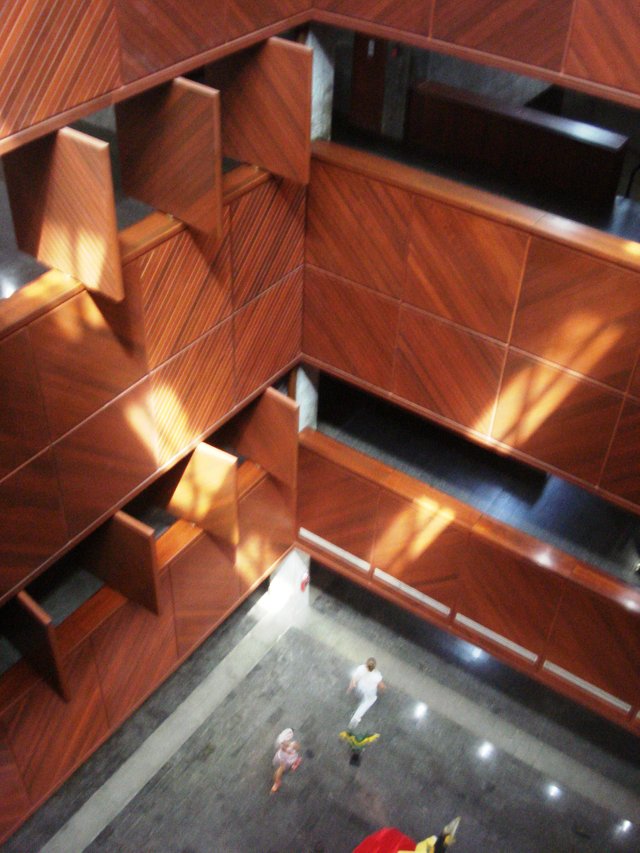
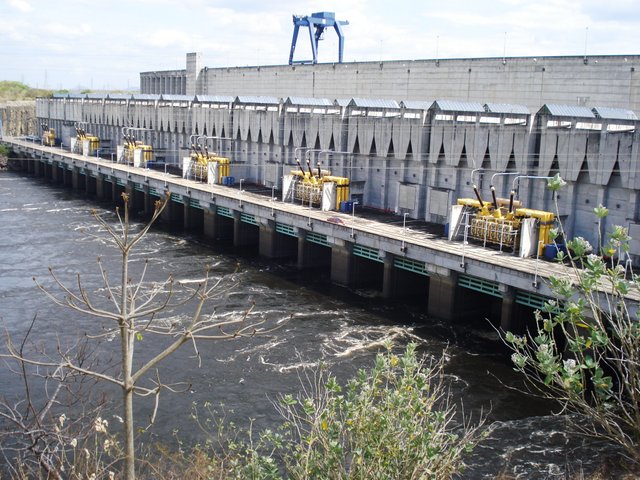
The artistic samples as I mentioned before, also have their space here, I leave you some pieces that caught my attention when I visited this institution:
Las muestras artísticas como mencioné antes, también tienen su espacio acá, les dejo algunas piezas que llamaron mi atención cuando visité esta institución:
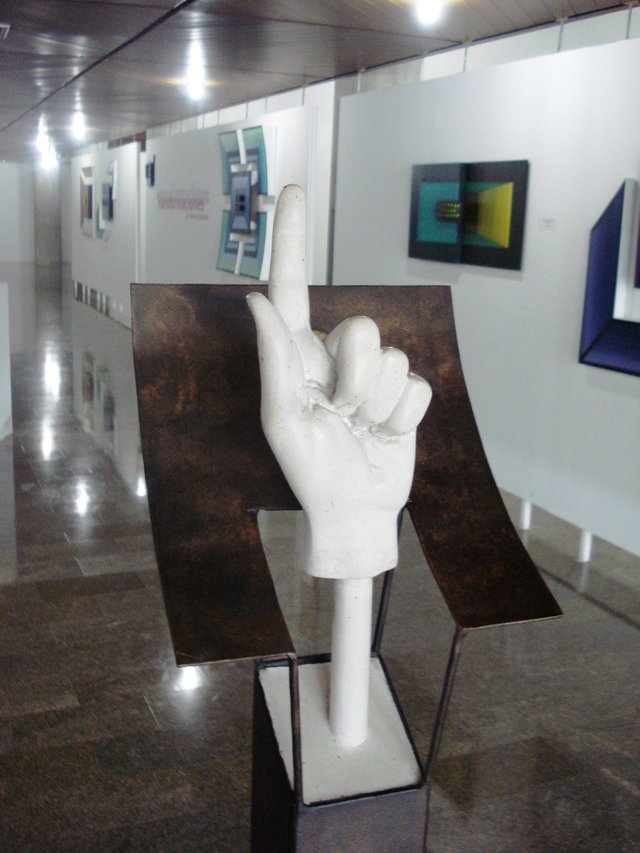
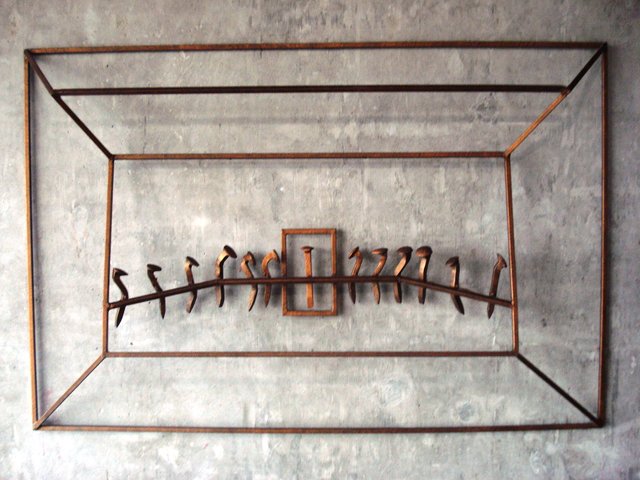
There was also a sample of pre-Hispanic ceramics that were found while this place was being built, but unfortunately I didn't take photos.
Había también una muestra de cerámicas prehispánicas que fueron encontradas mientras se construía este lugar, pero lamentablemente no tomé fotos.
Another beautiful space that has the external part of the Caroní Ecomuseum is Plaza del Agua (Water Square), with green areas and paths and that, as its name implies, pays tribute to water with a staggered surface where the vital liquid flows, the protagonist of all this place that it uses it to convert it into electrical energy for the country.
Otro espacio hermoso que posee la parte externa del Ecomuseo del Caroní es la Plaza del Agua, con áreas verdes y caminerías y que como su nombre lo indica, homenajea al agua con una superficie escalonada donde fluye el vital líquido, protagonista de todo este lugar que lo utiliza para convertirlo en energía eléctrica para el país.
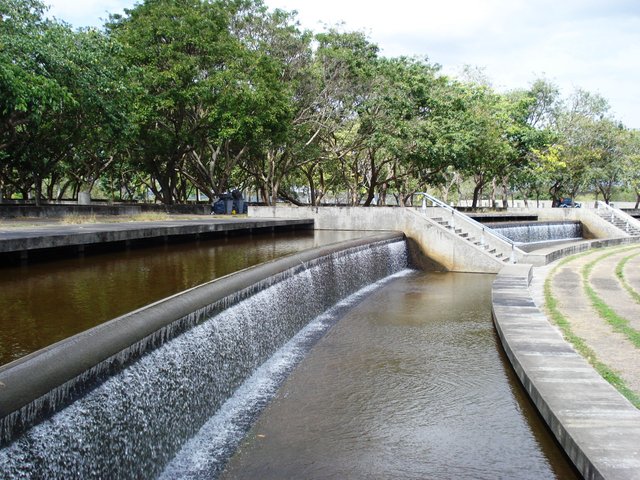
All photos were taken by me with a Sony Cyber Shot 7.2 mp digital camera / Todas las fotos fueron hechas por mí con una cámara digital Sony Cyber Shot 7.2 mp
hello @sofathana, magnífico post y hermosas las fotos que has tomado, un caluroso abrazo desde oriente..!
¡Hola! Muchísimas gracias por pasar por acá y apoyar con tu comentario ¡abrazo!
Votado por el trail @team-mexico
Servidor en Discord TeamMexicoPRO ¡Te esperamos!
Delegaciones para @team-mexico ¡Ayúdanos a crecer!
50 SP - 100 SP - 500 SP - Mas información.
.png)
Curado manualmente por @alfarofranudy
¡Muchas gracias por el apoyo!